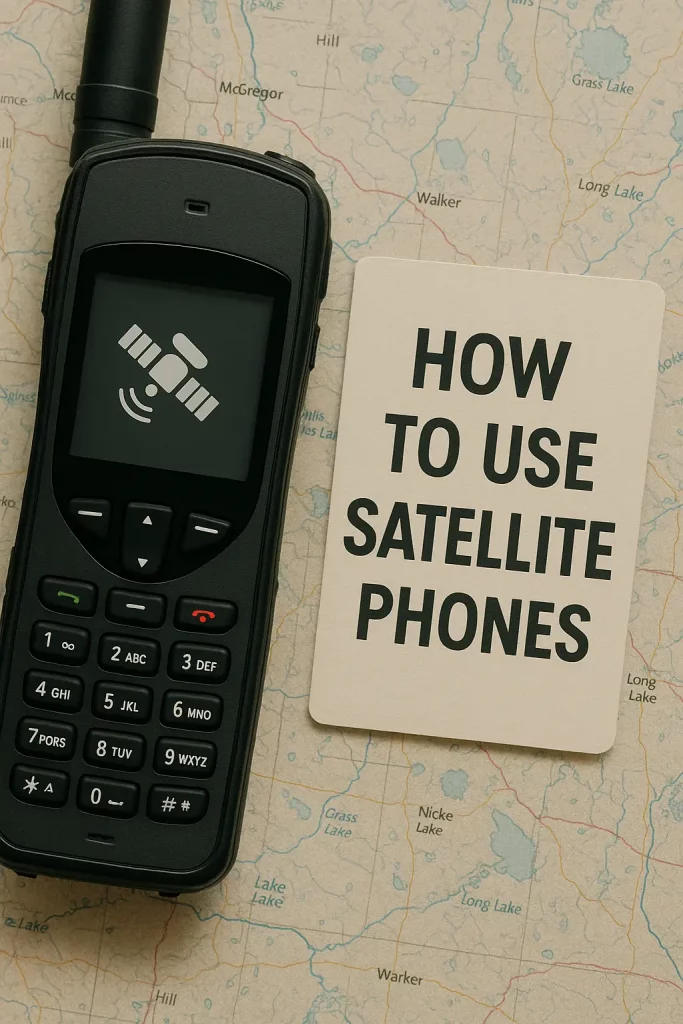
Note: This is a fictional first-person narrative review for entertainment and discussion. It doesn’t give instructions or encourage misuse.
Quick take
I wanted a quick boost. I got a mixed bag. Parts felt smooth. Parts felt sketchy. And my heart stayed in my throat the whole time.
Let me explain.
If you're curious about how conventional device jailbreaks work before diving into game scripts, there's a concise primer on Hack That Phone that lays out the fundamentals without the sketchy stuff.
Setup vibes: clunky, then okay
Getting Solara to run with Jailbreak wasn’t hard, but it wasn’t simple either. There were extra steps. Pop-ups. A “key” thing. I don’t love hoops, and this felt like gym class with hurdles. Once it opened, the window looked clean enough—dark theme, tabs, the usual buttons. It didn’t look cheap. It just didn’t feel friendly.
You know what? I still clicked through. Curiosity wins.
When it worked, it really worked
- Frames stayed steady most of the time. My laptop didn’t heat up at first.
- The menu loaded fast. Buttons clicked quick, no big delay.
- Teleports felt snappy in empty servers. Short hops, no rubber band on the first go.
- The UI had clear labels. No mystery icons. That helps when you’re nervous.
For a few minutes, the game felt easy. Too easy. A little thrill, like borrowing a sports car. And then the engine sputtered.
Then the side effects rolled in
- Rubber band city: My car warped back and forth on a busy server.
- The bank door flickered on my screen. On my friend’s screen, I wasn’t even near it. That mismatch? Big red flag.
- Chat heat: Someone typed “nice cheats.” My pulse spiked. I froze and just sat in a bush for a minute like a shy raccoon.
- Two kicks in one hour. Not a full ban. But I got booted. Twice.
- Memory creep: After 20–30 minutes, my FPS dipped. The client felt heavy. Menus stuttered.
And the weirdest bit? My antivirus chirped during launch. False positive? Maybe. Scary? Yes. I don’t mess with that.
Mobile vs. PC: night and day
On my phone, the touch buttons overlapped the game UI. My thumbs kept hitting the wrong thing. It also drained battery fast—like “down 20% in one match” fast. On PC, aiming and menus were easier. But even there, long sessions felt wobbly.
Little things I liked
- Search bar in the menu. Easy to find stuff fast.
- A few gentle “safety” toggles that slowed risky features. I liked that guardrail, even if it’s thin.
- Basic memory counter. Not perfect, but it helped me bail before a crash.
Big things I didn’t
- The key gate. I dislike hoops that look like a maze.
- Random crashes. Nothing ruins a run like a black screen.
- Risk, plain and simple. False sense of safety is still not safety.
- The social mess. Getting called out in chat isn’t fun. It follows you.
Real moments that stuck with me
- I hit go, and my car “teleported” into a wall. Stuck. Had to reset. Felt silly.
- A friend said I looked like I was lag-switching. I wasn’t. But the screen desync made it look that way.
- After a kick, I rejoined and played fair. It felt calmer. Like taking off tight shoes.
Who might think it’s “worth it”
- People who like testing stuff in throwaway accounts.
- Folks who don’t mind crashes or random kicks.
- Tinkerers who just want to see how menus and hooks look under stress.
But even if you fit that list, the risk is real. Terms get broken. Accounts get flagged. Trust gets thin.
Safer paths that felt better
- Private servers to practice routes the normal way.
- Seasonal events with real boosts and no tricks.
- Small squads with voice chat. Clear calls beat any toggle. Every time.
For anyone determined to experiment regardless of the risks, the community-maintained library at Jailbreak Script offers a deep dive into how these tools are built and the precautions seasoned users take before pressing “inject.”
Side note: exploring grey-area tools and public scrutiny can feel similar to the nerves of going live on camera for the first time; if you’re dabbling with the idea, this step-by-step guide to starting your own webcam show walks through gear checklists, privacy safeguards, and monetization tips so you can broadcast confidently without stumbling through trial-and-error.
On the broader theme of navigating unconventional online spaces, some readers also hunt for local classifieds that replaced the now-defunct Backpage. If that’s you, Bedpage Chandler hosts a focused directory of location-based listings, letting you zero in on relevant ads quickly and avoid wading through unrelated spam in larger national boards.
Final say
I get the draw. It’s quick sugar. A shortcut feels sweet for a minute. But my stomach flipped after. The stress, the kicks, the chat heat, the weird system alarms—it all stacks up.
So here’s where I landed: I wouldn’t use Solara with Jailbreak on any account I care about. If you want smooth, go legit. If you want skill, practice routes and comms. If you want peace, avoid the maze.
Honestly? It’s not worth the knot in your chest.

